Mayerling (Royal Ballet - 2009)
Filmed over 2 nights in October, 2009, this is the second Mayerling from Opus Arte's impressive ballet collection, and interestingly, the second from the Royal Ballet as well. The earlier performance is from 1994, just two years after MacMillan died, and is reviewed here.
Now, 15 years later, and with several revivals under their belt, it has become one of the company's 'war horses', and this is a fascinating opportunity to compare how things have changed over the years, if they have at all.
The major improvement with this release, is not just the DTS sound option, but also the orchestral playing, which is considerably tighter than before. Barry Wordsworth is at the helm again, and although the tempi are very much the same, there seems to be more of a drive to much of the music. This generates a more cohesive musical structure from what is a rather 'patchwork' score, brilliantly orchestrated by John Lanchbery, but which will never have any real emotional connection to the story being played out on stage.
We also have some short, but intriguing extras involving Mara Galeazzi and Edward Watson rehearsing some of the final scene, and a 'behind the scenes' following the creation and fitting of costumes for this production, or the repair of costumes that haven't yet fallen apart completely.
The feeling of the terminal decline of the Austro-Hungarian empire is rarely felt as strongly as it is in MacMillan's austere, yet incredibly beautiful and emotional choreography, and Nicholas Georgiadis's designs remain striking, however familiar they may be. This is certainly not a fairy-tale ballet suitable for the whole family.
Edward Watson's Rudolph (four others also took on the role during the season) is astounding. Even at his first appearance, you know there's trouble in mind (mainly his own) and his rapid descent into madness, drug abuse, rape and murder is reflected perfectly in some fantastic sequences in which his body convulses and twists in an almost agonising manner.
His bride, Stephanie, is danced by Iohna Loots, who plays her as a far more innocent girl than did Jane Burn on the earlier disc, yet this makes the wedding night scene even more appalling as Watson attacks her with little mercy.
The character of Mary Vetsera, the doomed 17 year old mistress is played by Mara Galeazzi, who, at the beginning, seems to create an air of detachment rather than full-on sexually charged teen hormonal lust, or the nineteenth century equivalent, yet the final scene is played out passionately and with enough abandon to take your breath away.
Cindy Jourdain, as Rudolph's mother, the Empress, is far too young to make a convincing stab at appearing as this character, but there's no complaint about her performance, and I think there's even more clarity here regarding her own mental problems and her fear or shame that her son has been afflicted in the same way.
This is one of the great ensemble pieces, and as there are a huge number of 'named' parts, the best of the rest including Steven McRae as Bratfisch, the cab-driver and sycophant-extraordinaire, whose dances for the entertainment of others are show-stopping stuff, and the 'ensembles' of Hungarian officers (far more sure-footed than in the 1994 performance) and whores.
The filmed direction contains more intimate shots than we saw before, which is great when the facial expressions are good enough, but a bit of a let down when they are not, and this is more often than not the case with Mara Galeazzi. We also miss out some of the more athletic moves from Iohna Loots (assuming the choreography hasn't changed for this role), but these are minor points.
With 4 or 5 dancers taking on many of the principal roles, there is going to be a difficult choice as to who gets the chance to gain a little bit of immortality on film, but you won't be disappointed with this set. Overall, this DVD is as good as, if not better than, the earlier performance and shows that however familiar the work is, the Royal Ballet can always hold themselves up to be one of the greatest companies around today.
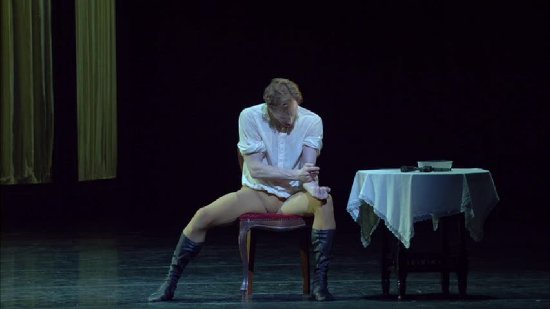
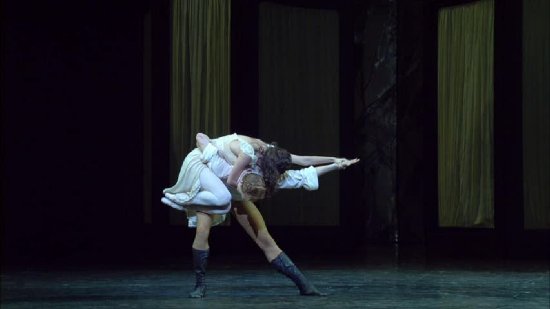
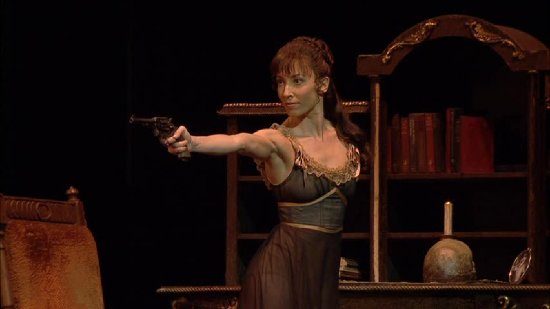
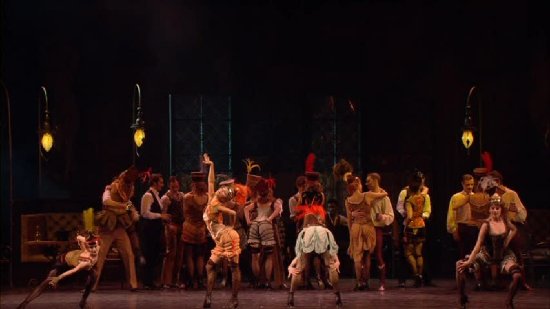


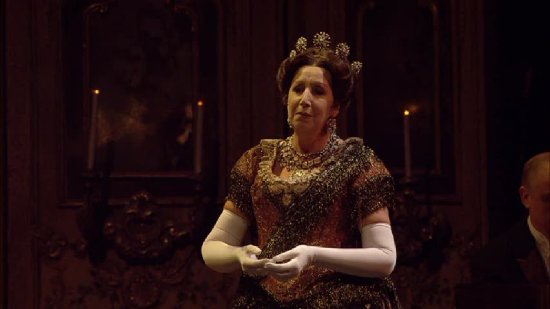
Your Opinions and Comments
Be the first to post a comment!